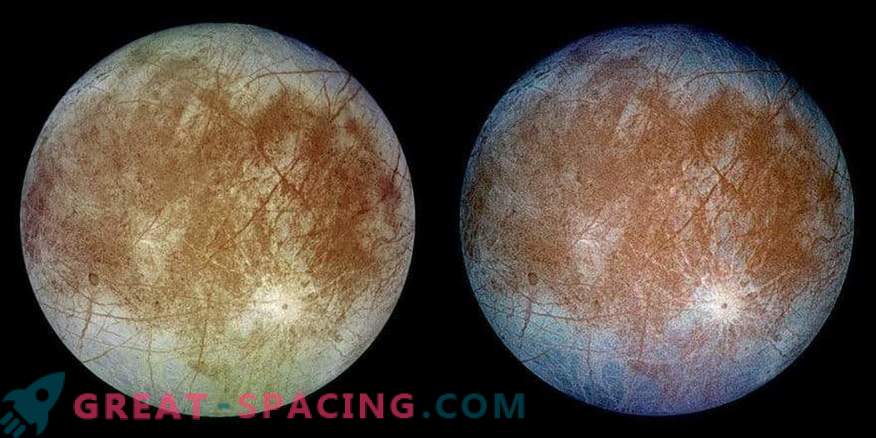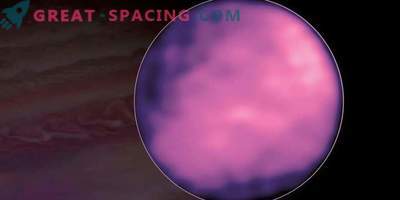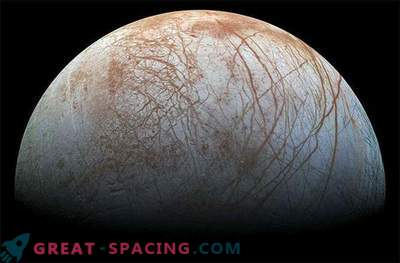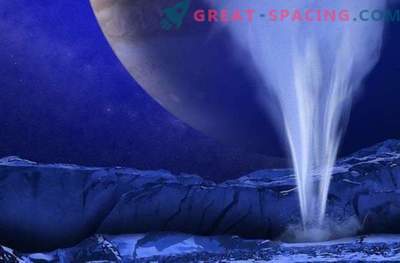
In 1610, Europe (the satellite of Jupiter) found Galileo Galilei. More than four centuries have passed, but astronomers continue to make discoveries about the ice surface of an object. Some researchers believe that with a diameter of 2000 miles, orbit - 3.5 Earth days and a mass - 65% lunar, Europe is considered a suitable place to search for the conditions for the development of life.
The water-ice surface of Europe intersects with long linear faults. Like our planet, Europe is believed to be endowed with an iron core, a rocky mantle and an ocean of salt water. But distinguished by the fact that the ocean is under the ice shell with a thickness of 10-15 miles, and the estimated depth is 40-100 miles. The last analysis showed that Europe is one of the most promising places in our system for the search for life. For a long time, intelligence was a priority, as there is a liquid water ocean beneath the ice layer. In 2022, they plan to launch a NASA Clipper mission. It will be equipped with the tools necessary to determine whether Europe has the ingredients to support our usual life.
The picture shows two types of the rear hemisphere of Europe. On the left is the approximate natural color of the satellite. On the right - a composite version in a false color, combining violet, green and IR images to improve color differences in the ice-water crust.











































